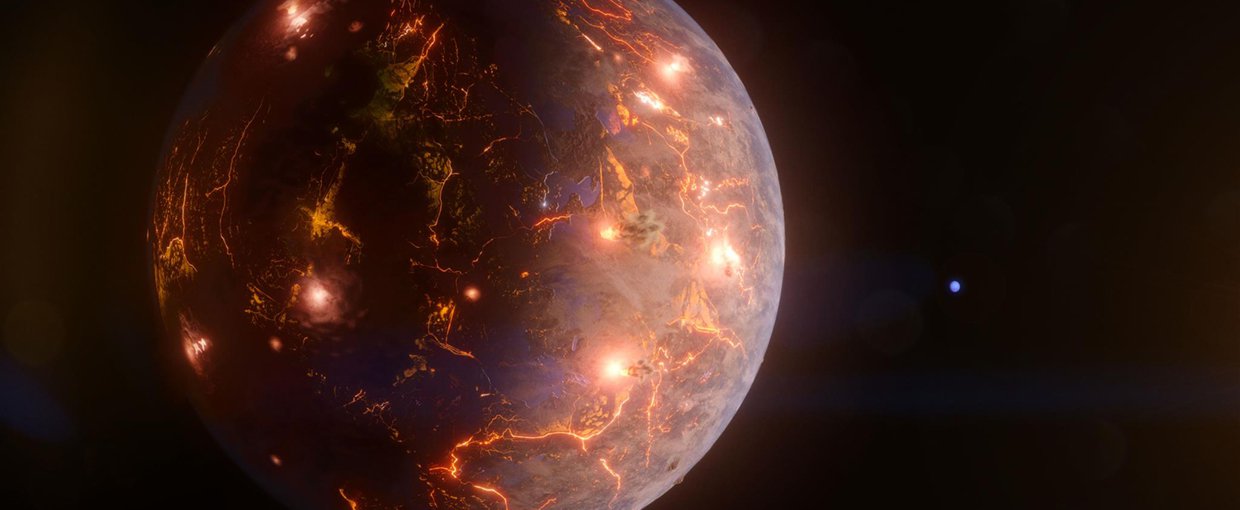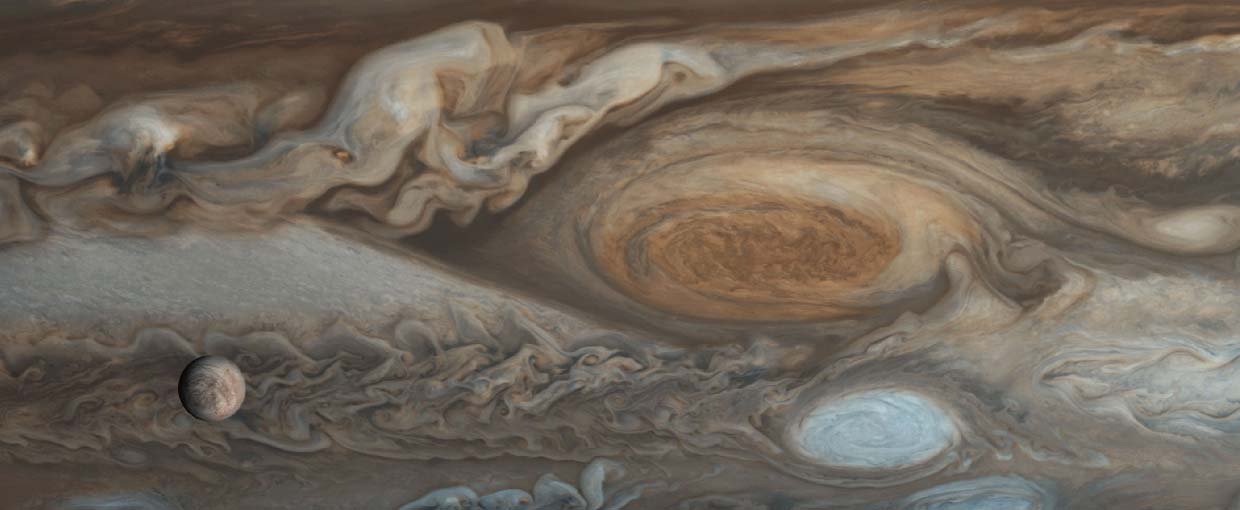Lowe, D. R., Drabon, N., & Byerly, G. R. (2019). Crustal fracturing, unconformities, and barite deposition, 3.26–3.23 Ga, Barberton Greenstone Belt, South Africa. Precambrian Research, 327, 34–46. doi:10.1016/j.precamres.2019.02.024
Campbell, T. D., Febrian, R., Kleinschmidt, H. E., Smith, K. A., & Bracher, P. J. (2019). Quantitative Analysis of Glycine Oligomerization by Ion-Pair Chromatography. ACS Omega, 4(7), 12745–12752. doi:10.1021/acsomega.9b01492
Jahnke, L. L., & Des Marais, D. J. (2019). Carbon isotopic composition of lipid biomarkers from an endoevaporitic gypsum crust microbial mat reveals cycling of mineralized organic carbon. Geobiology. doi:10.1111/gbi.12355
Sutherland, K. M., Coe, A., Gast, R. J., Plummer, S., Suffridge, C. P., Diaz, J. M., … Hansel, C. M. (2019). Extracellular superoxide production by key microbes in the global ocean. Limnology and Oceanography. doi:10.1002/lno.11247
Zhang, F., Xiao, S., Romaniello, S. J., Hardisty, D., Li, C., Melezhik, V., … Anbar, A. D. (2019). Global marine redox changes drove the rise and fall of the Ediacara biota. Geobiology. doi:10.1111/gbi.12359
David, T. J., Cody, A. M., Hedges, C. L., Mamajek, E. E., Hillenbrand, L. A., Ciardi, D. R., … Hinkley, S. (2019). A Warm Jupiter-sized Planet Transiting the Pre-main-sequence Star V1298 Tau. The Astronomical Journal, 158(2), 79. doi:10.3847/1538-3881/ab290f
Lynch, B. J., Airapetian, V. S., DeVore, C. R., Kazachenko, M. D., Lüftinger, T., Kochukhov, O., … Abbett, W. P. (2019). Modeling a Carrington-scale Stellar Superflare and Coronal Mass Ejection from ${\kappa }^{1}{Cet}$. The Astrophysical Journal, 880(2), 97. doi:10.3847/1538-4357/ab287e
Hinkel, N. R., Unterborn, C., Kane, S. R., Somers, G., & Galvez, R. (2019). A Recommendation Algorithm to Predict Giant Exoplanet Host Stars Using Stellar Elemental Abundances. The Astrophysical Journal, 880(1), 49. doi:10.3847/1538-4357/ab27c0
Sepúlveda, J., Alegret, L., Thomas, E., Haddad, E., Cao, C., & Summons, R. E. (2019). Stable Isotope Constraints on Marine Productivity Across the Cretaceous‐Paleogene Mass Extinction. Paleoceanography and Paleoclimatology, 34(7), 1195–1217. doi:10.1029/2018pa003442
Zhu, M-H., Artemieva, N., Morbidelli, A., Yin, Q-Z., Becker, H., & Wünnemann, K. (2019). Reconstructing the late-accretion history of the Moon. Nature, 571(7764), 226–229. doi:10.1038/s41586-019-1359-0



